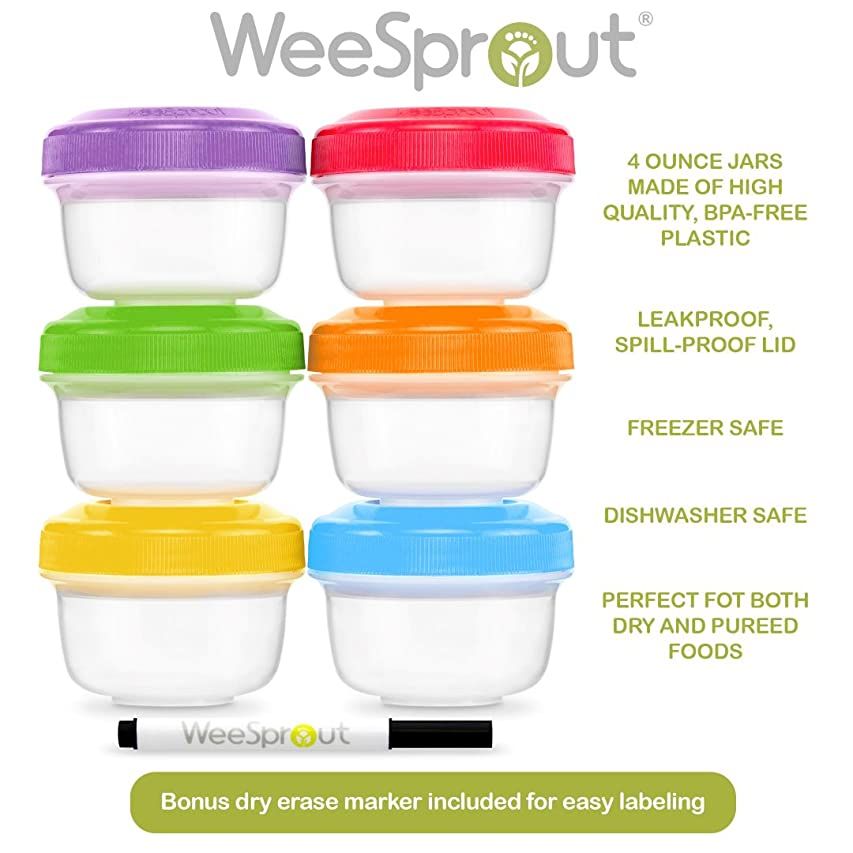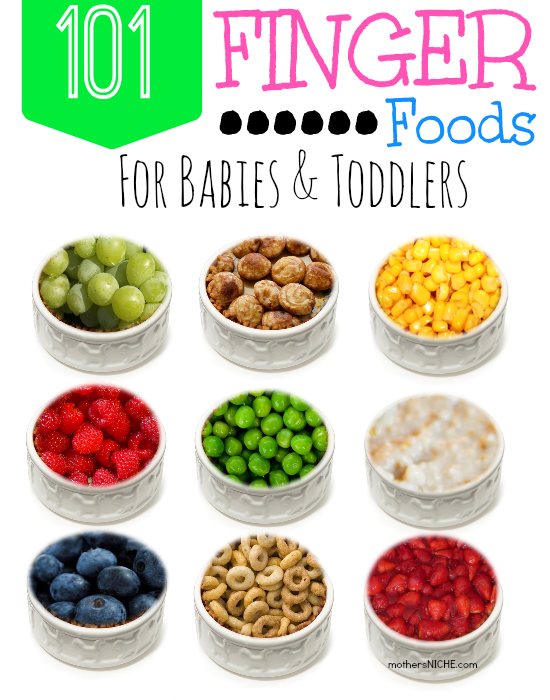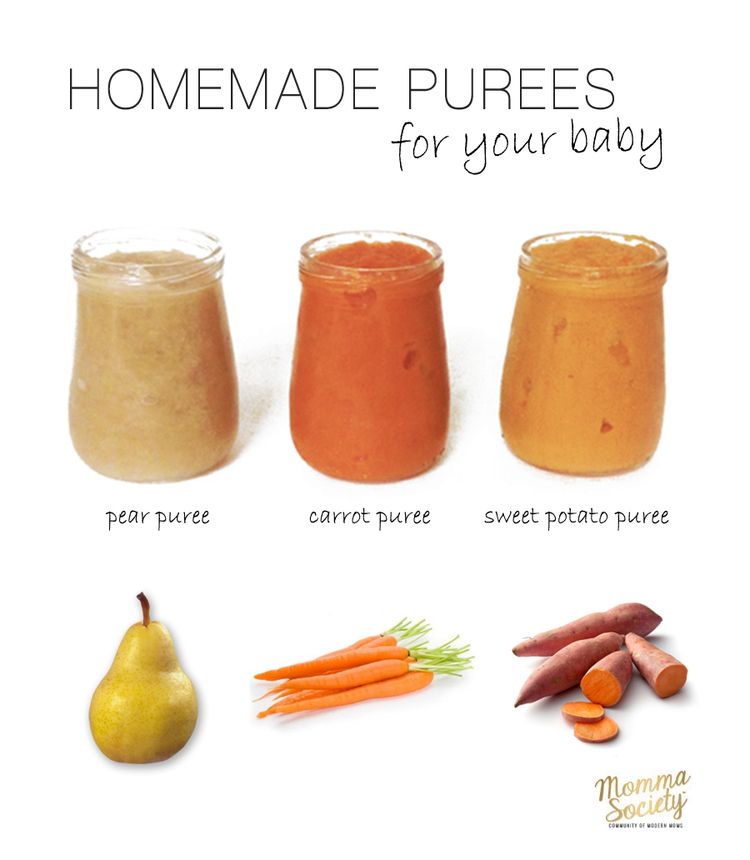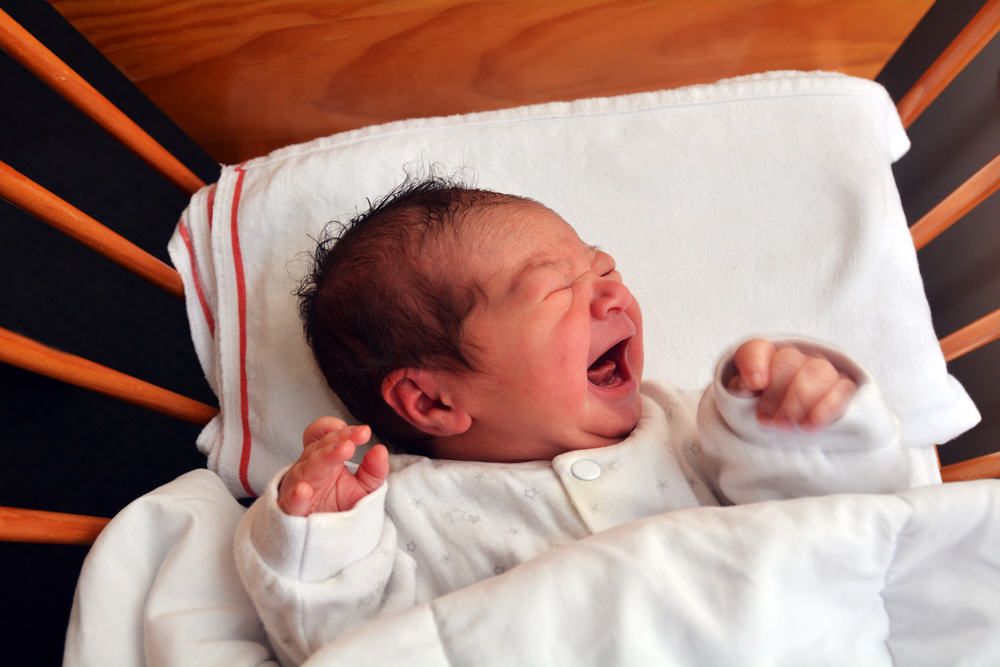Best glass containers for baby food
Buying Guide 2022: Best Baby Food Storage (6 expert tips)
The Best Baby Food Storage Containers for storing and freezing homemade baby food. Plus – 6 expert tips on how to store baby food, as well as a how-to guide on freezing and thawing your own baby food, FAQs, pros and cons and so much more!
Medically reviewed and co-written by Lauren Braaten, Pediatric Occupational Therapist (OT).
Best Baby Food Storage ContainersWant to make your own homemade baby food, but are not sure the best way to store it?
Then this post is for you!
Regardless if you are making homemade purees or going with the baby-led weaning approach to feeding your baby, you will need some small fridge and freezer-safe containers to store your baby’s food in.
Below you will find my tried-and-true storage containers at all price points, along with my guide on how to freeze and thaw baby food purees., FAQs, pros and cons of each container, as well as 6 tips on the best way to store baby food.
How to Make Baby Food Video
Watch this video to see how easy it is to make and store your own baby food!
Top Baby Food Freezer Storage ContainersIf you just want to cut straight to the chase – these are our absolute favorite storage containers for baby food.
Baby Food TraysWEESPROUT Silicone Baby Food Freezer Tray – great 10-sectioned baby food tray that holds 1.5oz each, but has a 1 oz fill line for smaller portions. Is made out of premium food-grade silicone and has a plastic lid for easy stacking. These trays or worth their price and we would recommend getting a couple of their fun color trays so you can easily stock up on your homemade baby food.
4 Pack of Silicone Ice Cube Molds Tray with Lid – This is a newer purchase for us and so far the quality has been great and you can’t beat the price for 4 trays! The trays are made out of food-grade silicone and BPA-free plastic and each cube gives you 1oz of baby food.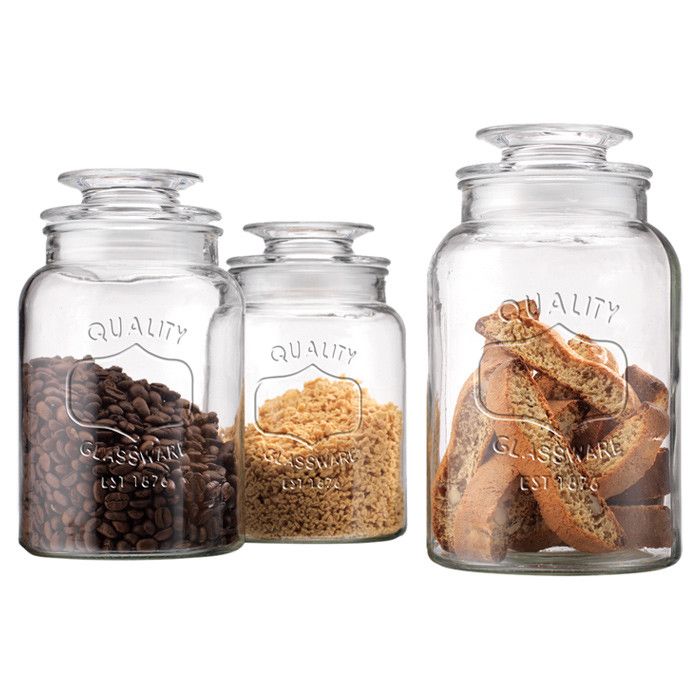
WEESPROUT Glass Baby Food Storage Containers – We absolutely love these jars! You get 12 colorful glass jars that hold 4oz each. Great for storing baby food purees as well as yogurts, overnight oats, chia seed pudding for toddlers and kids. While the price is a little high, you will get many years worth out of these jars. Well worth the investment in our opinion.
Babymoov Glass Food Storage Containers – I love that this set comes with two different sizes of containers – 4oz and 8oz. This is great if you have a baby that is a bigger eater and needs more than an ounce or two of purees at each meal.
Plastic Baby Food ContainersWEESPROUT Leakproof Baby Food Storage – just as amazing as their glass jars, just with a smaller price tag! This set comes with 12 colorful 4oz jars made out of BPA free high-quality polypropylene plastic.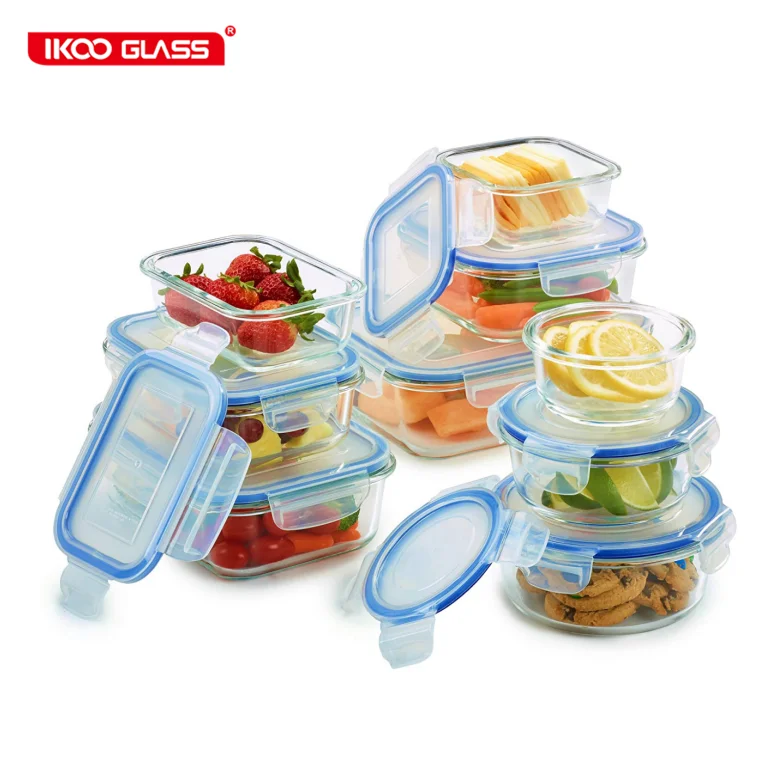 I also love that this plastic version is easier (and lighter) to toss into your diaper bag for a quick baby meal on the run.
I also love that this plastic version is easier (and lighter) to toss into your diaper bag for a quick baby meal on the run.
OXO Tot Baby Blocks Freezer Storage Containers – a great smaller set that contains 4 – 4oz PVC, BPA, and phthalate-free jars and a storage tray. Great space-saver system that helps keep your jars of baby purees organized and tidy. Plus, you can easily stack more trays on top of each other if you need a bigger freezer stash.
Full Review of each Container: for our full reviews on each of the above products, including pros and cons, go to the end of this guide.
Other Helpful Tools- Stasher Bags – these silicone reusable bags can hold your frozen cubes of baby food purees.
- ZipLock Bags – another option for storing your frozen purees in.
When making homemade baby food purees, your freezer is about to become your best friend, allowing you to keep several weeks’ worth of baby purees at the ready.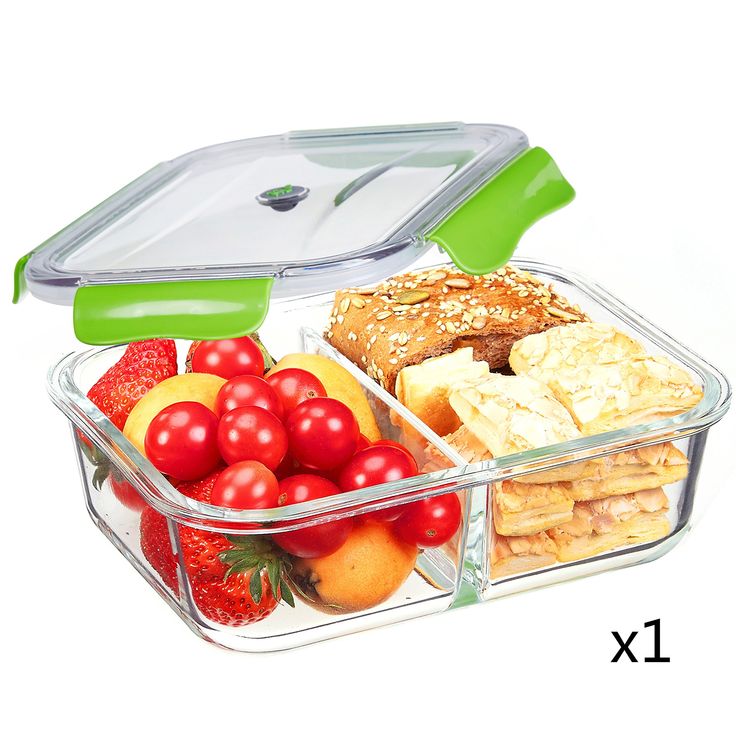
For more information on how to make your own baby food, check out my Ultimate Guide on Making Your Own Baby Food!
- After making your puree, let it cool until just warm.
- Spoon the puree into your choice of baby food storage container.
- Cover your container with a lid or plastic wrap, and place in the freezer.
- Let the puree freeze completely before you crack the purees out of the tray and place the cubes into a plastic freezer zip-lock or stasher bag. If using jars, the frozen purees would stay in the jars.
- Label each bag or jar with the name of the puree and the date you made it.
Thawing may seem like a no-brainer, but it never hurts to know your options. There are three different ways to thaw purees:
MicrowaveTake the frozen puree cubes that you want to serve out of your freezer, place them in a glass container, and microwave in 20-second increments, stirring every time. The puree is ready when it is just warm to your touch.
The puree is ready when it is just warm to your touch.
Grab two clean spoons, one for you and one for your baby, and test your puree before serving.
Some infants like their puree cold, warm, or really warm, and some will devour it no matter the temperature. You will get to know your baby’s personal preferences as the two of you bond over food.
FridgeThis one takes the longest time, but it is a great alternative to using a microwave.
Take the frozen puree cubes you want to serve out of your freezer, and place them in glass containers with airtight lids and leave in the fridge for 12 to 16 hours. Do not leave the puree in the container to thaw on the counter or anywhere out of the fridge, as bacteria will start to grow at a rapid rate – which is definitely not good.
The puree will be cold but thawed, so if your baby likes her puree warmed, you’ll have to finish the job using the microwave or stovetop method.
StovetopIn the smallest saucepan, you can find, place the frozen puree cubes you want to serve, and gently thaw them on medium-low heat until warm, stirring occasionally.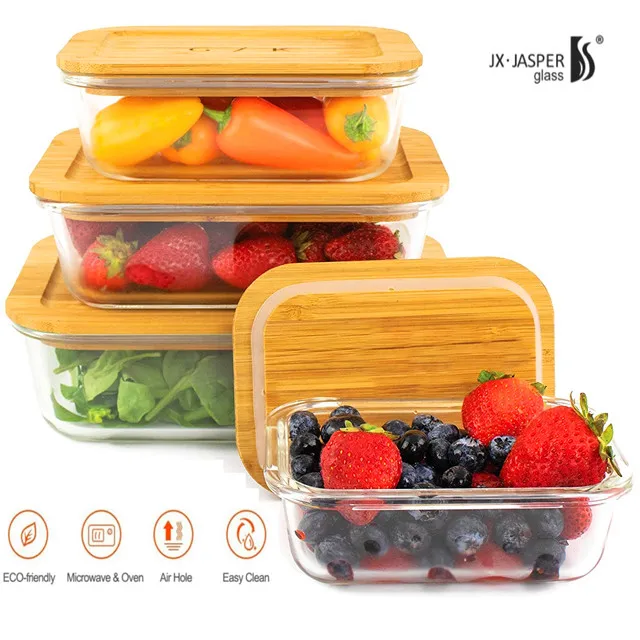
Frequently Asked Questions
How long can you store homemade baby food?
You can store homemade purees in the fridge for up to 5 days or up to 4 months in the freezer. For small finger foods, depending on the item, you can store those in the fridge for 2-3 days.
Is it better to store baby food in glass or plastic?
You can do either! Just make sure to use plastic containers that are BPA-free and container no scratches or dents. To keep the plastic in tact, be sure to wash the containers by hand and do not place in the microwave.
6 Expert Tips on Storing Baby Food- Do Not Overfill: it’s important not to overfill any baby food storage container as the purees will expand slightly when freezing.
- Label Purees: in order to know what you are feeding baby, it’s important to label your purees while they are freezing in the storage containers and when they are stored in freezer bags.
 Make sure you put the name of the puree as well as the date you made it on. Putting the date on it helps you remember when the puree will expire.
Make sure you put the name of the puree as well as the date you made it on. Putting the date on it helps you remember when the puree will expire. - Keep Some/Freeze Some: whenever you make a puree, put several ounces in the fridge for your little one to enjoy that week, then freeze the rest of the batch for her to finish up at a later date.
- Dedicate Space in Freezer: I found it helpful to dedicate a certain space in the freezer (a shelf or drawer) just for your homemade baby food purees. That way you don’t have to go rummaging around your freezer trying to find a puree when your baby is already hungry for dinner. I also found this helpful so that I could take a quick look in my freezer to know exactly how much purees we had on hand and when I would need to make some more.
- Have Multiple Storage Containers on Hand: while not cheap, having multiple storage containers on hand is really needed to be able to have a good freezer stash of your own baby food.
 I usually recommend having at least 4 storage trays or 2 sets of jars. This way you can make and store a good amount of purees for the weeks ahead. With the trays, you will freeze the purees in them and then once frozen you can pop out the cubes and place them into a freezer bag, thus leaving you with more trays to work with. For the baby food jars, you will freeze the purees in the jars but they do not pop out, you have to thaw and serve the purees in order to get the jar ready for the next round of food. Either work great, just depends on how you work in your kitchen.
I usually recommend having at least 4 storage trays or 2 sets of jars. This way you can make and store a good amount of purees for the weeks ahead. With the trays, you will freeze the purees in them and then once frozen you can pop out the cubes and place them into a freezer bag, thus leaving you with more trays to work with. For the baby food jars, you will freeze the purees in the jars but they do not pop out, you have to thaw and serve the purees in order to get the jar ready for the next round of food. Either work great, just depends on how you work in your kitchen. - What to Look For: regardless of which jars or trays you go with, look for a freezer-safe and dish-washer-safe brand, cuz I know you have better things to do than handwash dishes!
More Resources
Here are some more in-depth guides that will help you feed your baby!
- Best Spoons for Baby
- 12 Best High Chairs for Baby
- Best Sippy Cups for Baby
- Best Baby Cereals
- Beaba Babycook Neo Review
Key Features
- Includes 10 sections that hold 1.
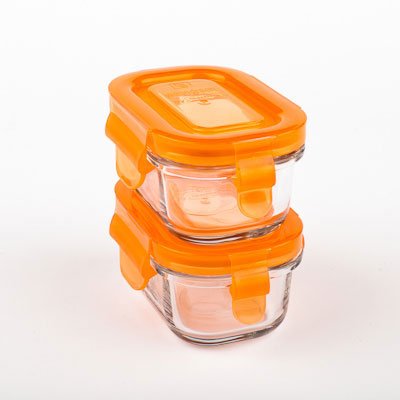 5 ounce each, with a 1-ounce fill line for smaller portions
5 ounce each, with a 1-ounce fill line for smaller portions - 100% food-grade silicone
- Reinforced bottom with a sturdy build for stacking multiple trays
- Non-stick for easy food removal
- Easy clip-on lid provides coverage
- Dishwasher safe
- Available in a variety of fun colors
Why Our Experts Love it
No more time spent looking for lost container lids! We love this compact, all-in-one baby food storage design. It’s ultra-durable, unbreakable, and made with 100% food-grade silicone, which means no harmful chemicals contacting your baby’s food.
Pros/Cons
Pros
- Multiple sections make it possible to mix and match flavors for a balanced meal
- 100% food-grade silicone
- Sturdy design makes it easy to stack multiple trays at once
- Comes with easy clip-on lid
- Dishwasher safe
Cons
- Lid is made of plastic, although contact with baby food is minimal to none, depending on how full you decide to fill containers
Parent’s Review
WEESPROUT Silicone Baby Food Freezer TrayI’m really pleased with the baby food cube trays.
-JenniI’ve now been using them for 2 weeks to do my batch cooking for my baby boy. They’re fantastic, good portion sizes, easy to remove and clean, great clip-on lid to prevent food from spilling out before frozen. I will most likely invest in a couple more trays in the near future.
No more making baby food every day or cleaning multiple containers throughout the week! Batch prep baby food, purees, breastmilk, and more – then store your food in the tray or transfer to a Ziploc bag for easy meals.
Amazon
Walmart
Key Features
- Food grade silicone
- Comes with removeable lid
- Easy to stack and store in the freezer
- Dishwasher safe
Why Our Experts Love it
The quality is great and you can’t beat the price for 4 trays! Each cube gives you 1 ounce of baby food for perfect portion sizing to help minimize waste.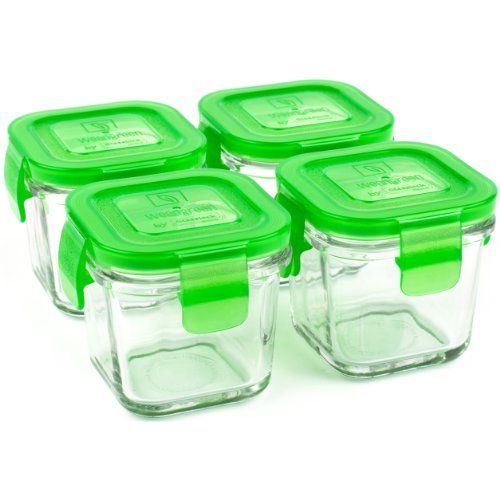
Pros/Cons
Pros
- Great price
- Each tray has 14 small sections, giving you plenty of space for different baby food flavor combinations
- Small portion size can be useful for other items, such has freezing bone broth, fresh herbs in olive oil or candy molds
Cons
- Not made with the same high-qualilty materials as the trays marketed for baby food – which may not last as long.
Parent’s Review
4 Pack of Silicone Ice Cube Molds Tray with LidI bought the trays to freeze my homemade baby food (thanks to COVID-19, I needed to save money and had the extra time). These trays are AMAZING! The lids made for easy stacking in the freezer. The cubes were very easy to pop out, definitely more sturdy than they feel, easy to clean, great colors, and can’t beat the price for he quality. I highly recommend this product!! Thank you!!
-Lacey
These silicone ice cube molds are quite the bargain! The flexible silicone material shapes the bottom well, making it easy to release baby food.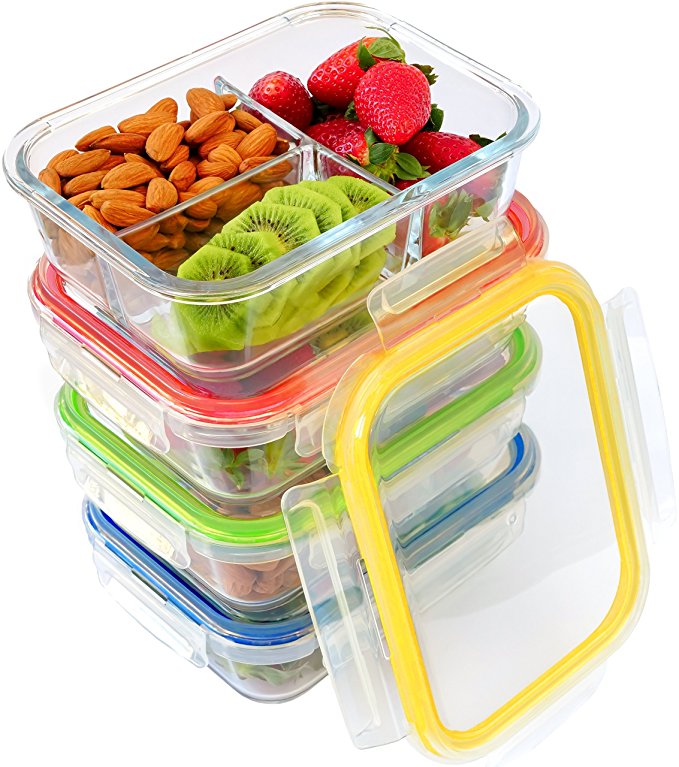
Amazon
Key Features
- Set of 12 glass baby food storage containers with lids
- 4-ounce capacity jars with measurement markings
- Made of food-grade glass
- Airtight, twist-on lids
- Microwave, freezer and dishwasher friendly
- Also available in 8-ounce capacity
Why Our Experts Love it
We love these colorful, eco-friendly glass jars. They are great for storing baby food purees as well as yogurts, overnight oats, and chia seed pudding for toddlers and kids. They also come in a BPA-Free plastic version – WEESPROUT Leakproof Baby Food Storage.
Pros/Cons
Pros
- Ultra-durable glass jars
- Airtight twist-on lids helps keep food fresh
- Convenient measurement markings lets you control the portion size
- Jars are stackable for space saving
Cons
- More expensive than other storage containers, although many reviewers feel their durability makes the investment well worth it
Parent’s Review
WeeSprout Glass Baby Food Storage ContainersI’m thrilled at this product.
-MichelleI was looking for non-toxic, non-plastic container options to store baby food and to take to daycare. This has been an awesome solution! I love that I can store in freezer, write on lid, and thaw food in warmer without worrying about heating up plastic. The glass is sturdy, they look great, and I can reuse for more than just baby food. I’m really happy with this purchase. The package came safe with thoughtful minimal packaging. Love this eco-friendly, zero waste baby product. Wee Sprout has been excellent to work with and offers amazing customer service.
WeeSprout Baby Food Storage Containers make batch preparing baby food quick and easy. Airtight lids keep food fresh, nutritious, and delicious longer.
Amazon
Walmart
Key Features
- Set of 8 glass containers and lids (four, 4 ounce and four, 8 ounce containers)
- Measurement markings on the jars
- Leak proof lids
- Made of environmentally-friendly glass, BPA and Phtalate free
- Microwave, freezer and dishwasher safe
Why Our Experts Love it
We love that this set comes with two different sizes of containers – 4 ounce and 8 ounce.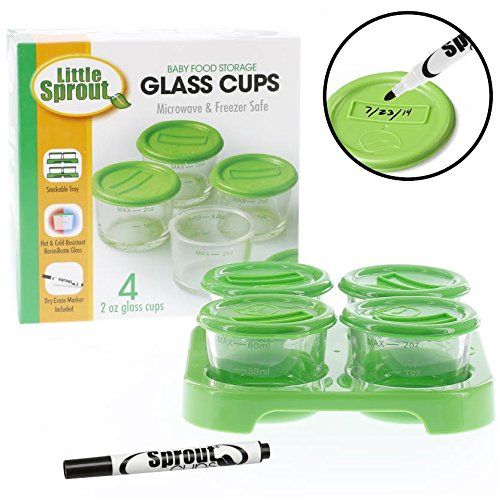 This is great if you have a baby that is a bigger eater and needs more than an ounce or two of purees at each meal.
This is great if you have a baby that is a bigger eater and needs more than an ounce or two of purees at each meal.
Pros/Cons
Pros
- Multi size pack provides convenience
- Airtight screw top keeps food fresh
- Stain resistant and free from harmful components
- Stackable for easy storage
Cons
- More expensive than other storage containers, although many reviewers feel their durability makes the investment well worth it
Parent’s Review
Babymoov Glass Food Storage ContainersI bought a set to test out as reusable containers for my breast milk and I am not disappointed!! I love that they’re able to hold a good quantity of milk even more so than the baggies and the main reason I got them is because I can easily just wash them and reuse them…. they fit perfectly fine and could be easily stacked so I’d say they’re the perfect size!! The lid is a twist on so you don’t have to worry about leaks at all which was another important thing for me very easy to use clean and reuse… the best part is I can use them for this now and later on when needed I can use them for other things so I’ll be getting my money’s worth with them.
-Adriana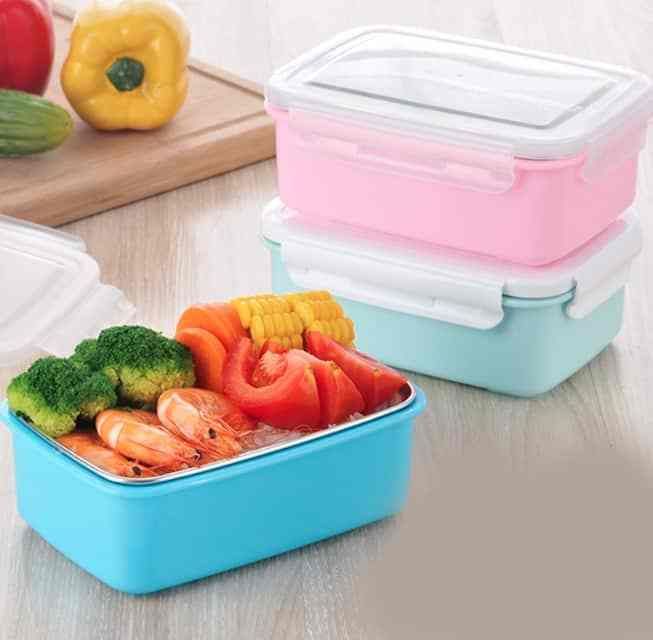
Provides a healthy and easy way to store your baby’s meals, in addition to preserving the taste of food for longer. Stackable for easy storage and microwave, freezer, and dishwasher safe.
Amazon
Walmart
Related
Title of Related Post
Key Features
- Set includes four, 4-ounce containers and stackable tray
- Leak-proof seal
- Measurement markings indicate portion sizes
- BPA free
- Microwave and dishwasher safe
- Also available in 2-ounce capacity
Why Our Experts Love it
The OXO Tot Baby Blocks are a great smaller set if you don’t plan on making a lot of baby food or only making baby food occasionally. The space-saver system helps keep your jars of baby purees organized and tidy.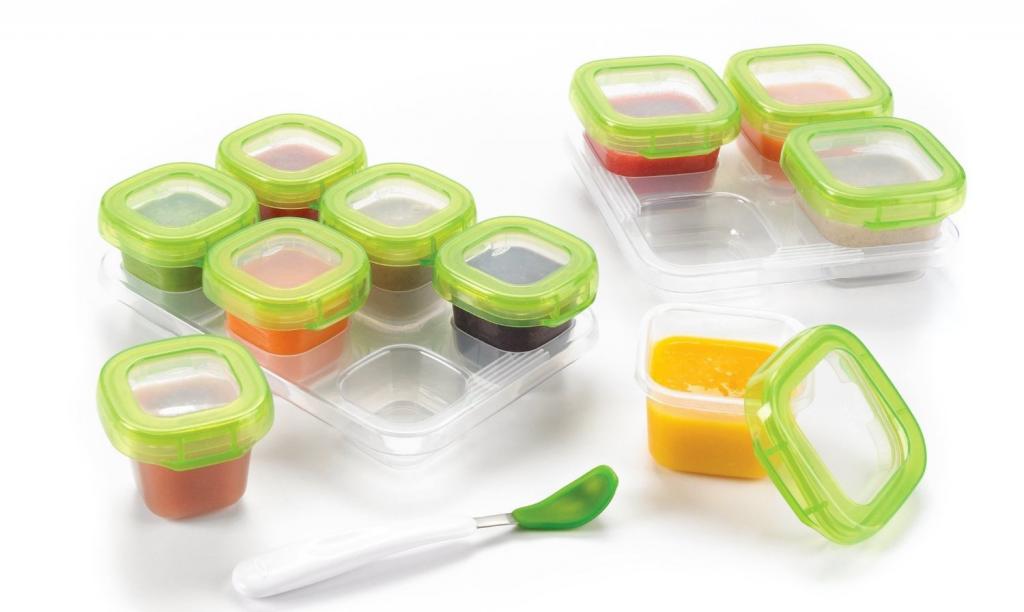
Pros/Cons
Pros
- Airtight, watertight, leak-proof seal prevents spills in freezer or diaper bag
- Stackable tray keeps containers stable and organized in the freezer
- Measurement markings make portioning simple
Cons
- Some reviewers find that taking apart 3 pieces to wash can be tiresome, but does allow for a thorough cleaning
Parent’s Review
OXO Tot Baby Blocks Freezer Storage ContainersThe quality of these containers is definitely much superior than the other cheap ones we see here on Amazon. Why buy a cheaper thing to your baby if you will be using these containers over an over again? Also they are beautiful and very easy to clean. They are so good that I decided to buy more sets, I have 2 of 4 oz containers and 2 of the 6 oz containers. For now, that my baby is 8 months old his meals are 4 oz but might improve in the future so I decided have those bigger ones and fill with whatever quantity I want now.
– Renata
Baby Blocks are airtight, watertight and leakproof for safe storage and spill-free outings. Blocks fit into the freezing tray, and multiple trays can be stacked to save space in the freezer.
Blocks fit into the freezing tray, and multiple trays can be stacked to save space in the freezer.
Amazon
Walmart
Target
7 Best Baby Food Storage Containers (2022 Reviews)
Whether you’re making your own baby food or storing store-bought baby food, you want containers that will keep it fresh and safe from harmful chemicals, prevent freezer burn, and be easy to use and clean.
As baby food storage containers come in all shapes, sizes, prices, and formats, it can be challenging to know which containers are worth buying. But we’ll make it easy for you. We’ll explain the advantages of the different types of food storage containers and how to use them to store your baby food safely.
We’ll even compare the top products and give you our reviews of the best baby food storage containers for storing and freezing homemade baby food purees for use at home or on the go.
Our Top Picks
We love honesty! Mom Loves Best earns a commission through the following hand-picked links at no extra cost to you.
Image
Model
Product Comparison Table
Features
Best Glass Storage
WeeSprout Glass
- Measurements on the container
- Set of 12
- High-grade, food-safe glass
Check Price
Best Budget Pick
Sage Baby
- Lots of jars for a good price
- BPA-, phthalate-, and lead-free
- Reusable
Check Price
Best Freezer Tray
Kiddo Feedo
- Includes baby food e-cookbook
- Silicone is durable
- Tight clip-on lid
Check Price
Best Plastic Containers
Tovla BPA Free Plastic
- Travel size
- Attached, leak-proof lid
- BPA-free plastic
Check Price
Best SnapLock Containers
OXO Tot Baby Blocks
- Includes carrying tray
- Extra-secure lids
- High-quality materials
Check Price
Best Food Pouches
Wee Sprout Reusables
- Extra wide, double-zipper bottom
- Eco-friendly materials
- Multiple sizes available
Check Price
Best Large Containers
Collapsible Silicone
- 3 large sizes to choose from
- Collapsible design
- Airtight lids
Check Price
Table of Contents
- Our Top Picks
- The Best Baby Food Storage Containers of 2022
- Types of Baby Food Storage Containers
- How to Store Baby Food Safely
- Storing Homemade vs.
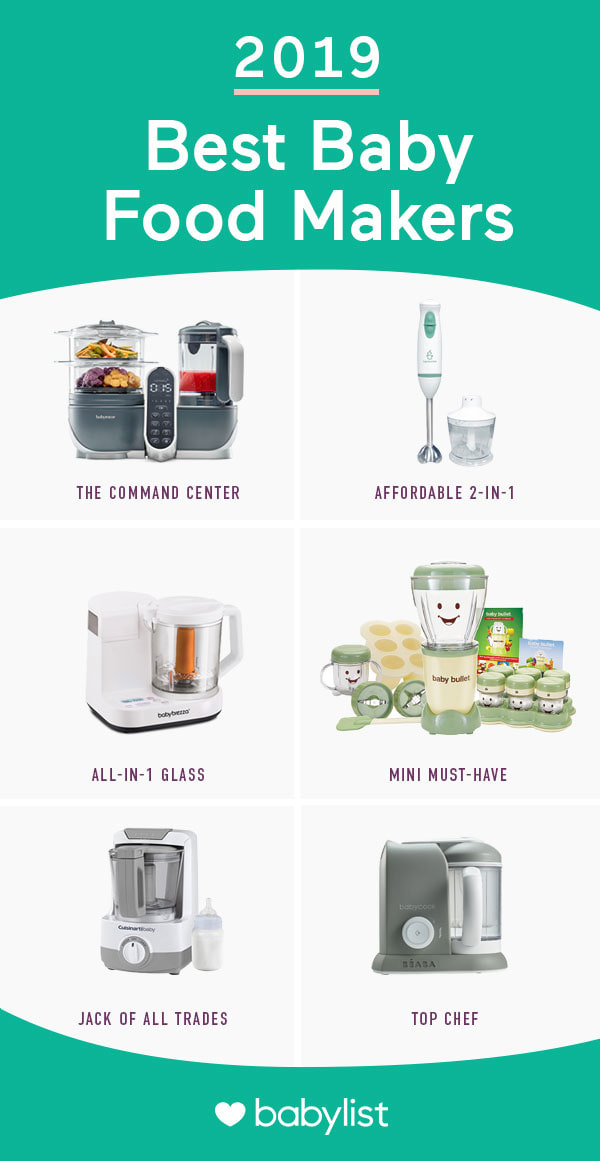 Store-Bought Food
Store-Bought Food - Making Your Own Baby Food
- The Bottom Line
The Best Baby Food Storage Containers of 2022
These are our favorite baby food storage containers.
1. WeeSprout Glass Baby Food Storage Containers
Best Glass Baby Food Storage
View on Amazon
View on Walmart
If you are making baby food for the first time, this glass container set will be a great purchase. We like that it takes the guesswork out of storing baby food and has everything a beginner needs. Glass is also one of the safest materials to work with because it is so easy to clean and sterilize.
Choose from a set of 12 4-ounce or eight 8-ounce microwaveable, dishwasher-safe jars. Each jar includes measurement markings on the side so you can portion your baby’s meals and track how much they eat.
All of the products are 100% BPA-, phthalate-, and PVC-free, so you don’t have to worry about your little one being exposed to questionable chemicals.
These glass baby food storage containers work best for small-batch baby food prep. If you prefer to make large batches of homemade baby food, you may want to purchase several sets.
Pros
- Set includes 12 4-ounce or eight 8-ounce containers.
- Measurement markings on the container.
- Microwave and dishwasher safe.
Cons
- Jars may crack if introduced to sudden temperatures changes.
2. Sage Glass Baby Food Storage Containers
Best Baby Food Storage Jars
Check Price
Baby food has traditionally been stored in tiny glass jars because jars are portable and strong, and they hold a tight seal.
We searched for the best large-quantity, high-quality set of baby food storage jars to use at home and found this great set from Sage.
The 12 reusable 4-ounce jars are made of glass, are safe to use in the microwave and freezer, and come with tight-sealing lids and a marker.
With 12 jars for one great price, this is an excellent option for moms on a budget who want to make baby food in bulk.
Pros
- Lots of jars for a good price.
- High-quality glass material.
- Reusable.
- BPA-, phthalate-, lead-, and PVC-free.
Cons
- Takes up storage space.
- Prone to breakage.
3. Kiddo Feedo Freezer Tray
Best Freezer Tray for Baby Food
Check Price
Silicone is the king of the freezer! Foods won’t get stuck in silicone molds and will pop out easily. Silicone is washable, stain-resistant, and won’t scratch or scuff over time.
Freezing larger batches of baby food is a popular way to cut down on time in the kitchen for busy moms. This silicone freezer tray makes it easy to make baby food in bulk, then store it in the freezer to use as needed.
Each tray comes with nine food pods that can hold up to 2.5 ounces of food. Each pod has individual measurement markings and a unique clip-on lid that prevents spills, protects against freezer burn, and makes stacking easy.
Purchase several trays in different colors and freeze different food types in different-colored trays to easily decipher which food you’re grabbing at a glance.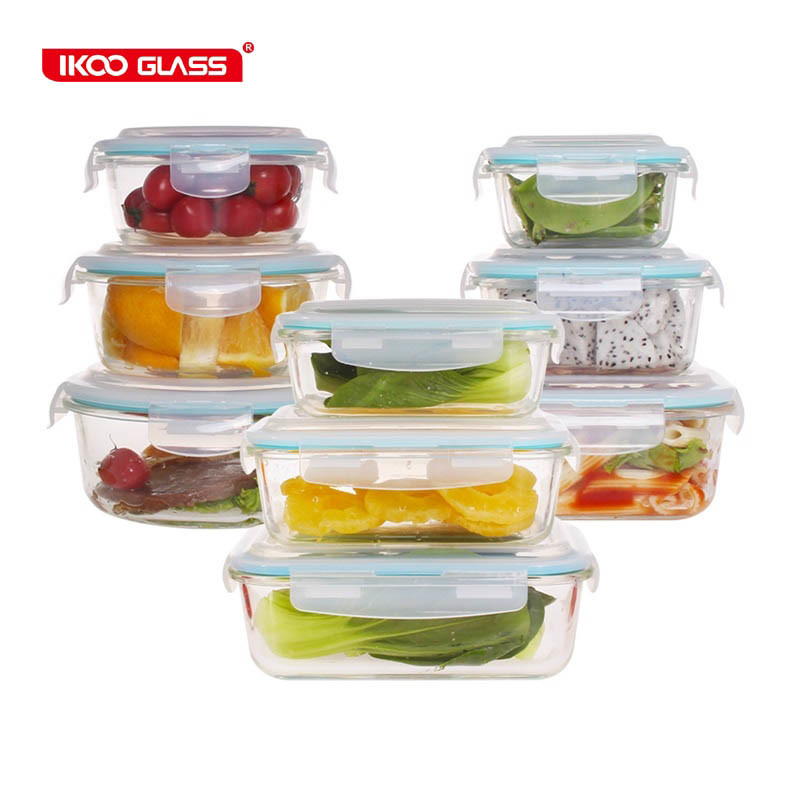 Once your baby food is frozen, you can leave it covered in the trays in the freezer and pop out a serving whenever you need one. Or transfer the frozen food to zip-top bags so you can reuse the tray.
Once your baby food is frozen, you can leave it covered in the trays in the freezer and pop out a serving whenever you need one. Or transfer the frozen food to zip-top bags so you can reuse the tray.
Our favorite thing about this freezer tray is the downloadable 47-page e-cookbook and instruction guide that comes with your purchase. If you are nervous about storing baby food in the freezer, the cookbook can give you some ideas on the best recipes to use.
Pros
- Includes baby food e-cookbook.
- Silicone is durable.
- Tight clip-on lid.
Cons
- Strong silicone scent.
4. Tovla BPA-Free Plastic Baby Food Containers
Best Plastic Baby Food Containers (BPA Free)
Check Price
Plastic containers have a lot of positives. They are generally less expensive than glass containers, easier to purchase in a wide variety of sizes, and fairly indestructible if your child gets a hold of them.
However, many concerns have been raised about the types of plastics used to make baby food storage containers. Low-quality plastics can actually leach harmful toxins and chemicals into your food and your baby’s body (1).
Low-quality plastics can actually leach harmful toxins and chemicals into your food and your baby’s body (1).
One of the reasons we like this set from Tovla is because their plastic containers are food-grade safe and free of BPA. If you are a health-conscious mom who wants the convenience of plastic without the fear, this set may be just the thing.
This is the best set for on-the-go moms who may sometimes want to dispose of their baby food storage containers while they are out without breaking the bank. But don’t worry, they’re recyclable!
Each of the 50 plastic containers in the set holds approximately 3 ounces of food. The attached lids hinge and snap closed, meaning you will never lose a lid again.
Pros
- Travel size.
- Attached leakproof lids.
- BPA-free plastic.
Cons
- Not microwaveable.
- The thin plastic can be squashed easily.
5. OXO Tot Baby Blocks
Best SnapLock Baby Food Containers
View on Amazon
View on BuyBuyBaby
View on BedBath&Beyond
View on Walmart
View on HomeDepot
Sometimes you need to take your baby food on the go.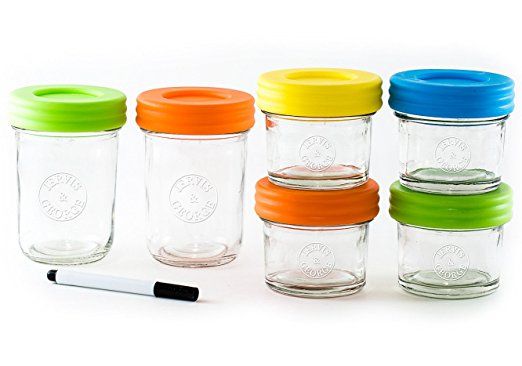 Whether you are traveling to another state or just down the street, containers with snap lids add more security so your baby food stays right where it is supposed to be.
Whether you are traveling to another state or just down the street, containers with snap lids add more security so your baby food stays right where it is supposed to be.
We are big fans of these special “baby blocks” storage containers, available in multiple sizes in a single set. They have a range of high-quality features, including BPA-free plastic and airtight, watertight, leak-proof snap lids.
They are freezer and microwave safe, making it even more convenient to feed your baby. What we most appreciate is the included carrying tray.
The carrying tray is made of plastic and holds all the containers. This means you can safely transport all the baby food you need without having to stuff jars in a diaper bag or have them floating about your car. It also keeps them in place if you’re freezing baby food and don’t want the trays tipping before the food is frozen.
Pros
- Includes carrying tray.
- Extra-secure lids.
- High-quality materials.
Cons
- Hard to stack without the tray.

6. Wee Sprout Reusable Food Pouch
Best Food Pouches
Check Price
Does the idea of using food pouches for homemade baby food intimidate you? Many mamas feel that way, thinking a food pouch is something only hip food companies use. However, we think they are an excellent tool for helping children feed themselves and gain some independence.
This double-zippered pouch was designed to make the process easy. The best part is the extra-wide zipper opening on the bottom. Simply unzip the bottom, pour the food in, and seal it.
Because the space to fill it is so large, you don’t have to worry about making a mess when filling it up. One of the biggest concerns we have with food pouches is having food get stuck inside them, but the unique zip-open feature allows water to run right through it, so clean up is a snap.
Pros
- Extra-wide, double-zippered bottom.
- Eco-friendly materials.
- Multiple sizes available.
Cons
- Zippers can be hard to seal.

7. Collapsible Silicone Food Storage Containers
Best Large Baby Food Containers
Check Price
If you are a mama who makes baby food in bulk, a large container will save you time. Instead of carefully portioning everything you’ve made into multiple tiny jars, you can put it all in one large container and portion the food out.
These collapsible silicone containers from Wamery are best for baby food storage because they work for many situations. The largest container expands to hold up to 40.5 ounces, but you can convert them to whatever size you need.
The amount of food you need to make may vary depending on your baby’s appetite, health, and growth rate. Use these containers to hold whatever amount of baby food you choose to make, and then store them away easily when you’re done with them.
Pros
- Three large sizes to choose from.
- Collapsible design.
- Airtight lids.
- Made of easy-to-clean silicone.

Cons
- Not designed specifically for baby food.
- No space to mark expiration dates.
Types of Baby Food Storage Containers
There are many types of baby food storage containers available, each designed to help moms. Here is an overview of the types of containers available and some of their benefits.
Glass Baby Food Containers
Glass is a popular choice for baby food jars for a reason. Glass is easy to sterilize, and you don’t have to worry about chemicals leaching into your baby’s food.
Baby Food Storage Jars
While baby food containers come in many shapes and sizes, jars are perfect for those looking to store small amounts of food they can easily carry with them.
Freezer Trays for Baby Food
Do you love making homemade baby food? Then you’ll appreciate the convenience of freezer trays. Freezer trays allow you to make and store homemade baby food for a long time without any hassle.
Plastic Containers
Plastic containers are more affordable for moms on a budget. However, you will want to look for plastic containers that are free of BPA and other harmful chemicals.
SnapLock Containers
SnapLock containers are designed for heavy-duty storage and longevity. Food stays fresh thanks to the airtight and waterproof seal.
Food Pouches
Food pouches are fun for both children and adults. Just squeeze and go! Most food pouches don’t require refrigeration, and children can use them to feed themselves.
Large Baby Food Containers
Sometimes you need to make a lot of baby food at once. Large storage containers can help you keep it all contained without spoiling it.
How to Store Baby Food Safely
You don’t have to be a food science expert to figure out how to store baby food safely.
Just follow these six tips (2):
- Never dip a spoon directly into the baby food storage jar: If you dip your baby’s spoon into a jar of baby food, put it into your baby’s mouth, and then place it back in the jar, saliva has now contaminated your baby food.
 If your baby does not finish a jar of food with saliva in it, you should throw it away. The bacteria in the container will continue to grow during storage, causing the food to spoil. Instead, open the jar, pour a little food into a bowl, and feed your baby from that.
If your baby does not finish a jar of food with saliva in it, you should throw it away. The bacteria in the container will continue to grow during storage, causing the food to spoil. Instead, open the jar, pour a little food into a bowl, and feed your baby from that. - Never leave food out for more than two hours: Once a jar of baby food has been opened, you can safely leave it out on the counter for up to two hours at room temperature. After that, bacteria can grow, especially if it is hot and humid. To be safe, we suggest never leaving opened baby food jars out on the counter. Always refrigerate them!
- Opened baby food jars last up to 3 days in the fridge: Make sure you keep the lids on tight and no saliva has gotten into the baby food. Even if it hasn’t been three days and the baby food looks or smells questionable, throw it out.
- Freeze baby food for up to eight months: The amount of time you can store baby food in your freezer depends on what type of food it is.
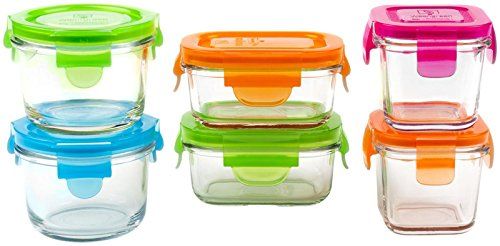 Anything with meat or eggs in it can be frozen for up to two months, while fruits and vegetables can last up to eight months. Homemade baby food you’ve pureed yourself generally lasts between two and four months in the freezer.
Anything with meat or eggs in it can be frozen for up to two months, while fruits and vegetables can last up to eight months. Homemade baby food you’ve pureed yourself generally lasts between two and four months in the freezer. - Wash your storage containers thoroughly: No matter what type of storage container you use, wash it carefully with hot soap and water. Food that is stuck inside can spoil and mold.
- Write dates on the jars: Keep track of when you have bought, made, or opened a baby food jar by writing the date on the jar. Many jars come with a spot for a date and time, or you can purchase labels and stickers.
Storing Homemade vs. Store-Bought Food
Do you like to make your own baby food at home? Many moms do. It can be a more affordable, healthy option than factory-made baby food.
However, there are a couple of differences between storing baby food you make at home and baby food you buy in the store.
Most importantly, you need to keep everything clean (3). This includes your storage containers, all utensils, and your countertop space. It is also essential you wash your hands before and after the food-making process.
This includes your storage containers, all utensils, and your countertop space. It is also essential you wash your hands before and after the food-making process.
The shelf life of homemade baby food is also generally shorter than that of unopened store-bought baby food. This is because homemade food uses fresh ingredients and contains no preservatives. As a general rule, you should store homemade baby food for as long as you would an opened jar of store-bought baby food.
Making Your Own Baby Food
There are a lot of benefits to making your own baby food. You can control the ingredients and the portion sizes and save some money.
However, a new mom making baby food for the first time can be easily overwhelmed by the process. Did you use the right ingredients? How long will it last? Will your baby hate it and end up throwing most of it on the floor?
We don’t have all the answers, but we think every mom should give it a try! The journey will be one of exploration and experimentation. But it can become a fun experience and a deeper way to feel connected to your child as you move on to the next stage of feeding and begin introducing different foods into their diet.
But it can become a fun experience and a deeper way to feel connected to your child as you move on to the next stage of feeding and begin introducing different foods into their diet.
The Bottom Line
The WeeSprout Glass Baby Food Storage is our pick as the best baby food storage container as they come with everything a mom needs for making and storing her own baby food. Life is hectic enough, and WeeSprout’s simple system of glass jars with airtight lids helps alleviate stress and keeps you and your little one happy.
If you can store your baby food safely in the best storage containers, a new world opens up for you to explore. Taking care of your child by making homemade baby food can be a delightful experience.
Feedback: Was This Article Helpful?
Thank You For Your Feedback!
Thank You For Your Feedback!
What Did You Like?
What Went Wrong?
Wrinkled baby food packages are dangerous: Parents have been warned about the error buying: checklist from specialists
Baby food is one of the most strictly controlled industries. If the manufacturers of the food itself remained, then it was much more difficult with the manufacture of packages. Meanwhile, baby food is one of the most strictly controlled industries. High demands are placed on packaging. nine0004
If the manufacturers of the food itself remained, then it was much more difficult with the manufacture of packages. Meanwhile, baby food is one of the most strictly controlled industries. High demands are placed on packaging. nine0004
- Despite the departure of packaging suppliers familiar to the Russian market, there are manufacturers of both aseptic cardboard packaging and various soft packaging made of plastic and glass jars in the country, explains Sergey Perminov, Research and Development Director of PROGRESS JSC (manufacturer of the popular baby food) . - However, all of them now have to switch from the usual raw materials for the production of packaging material to alternative ones. Which in turn leads to the need for additional tests and an increase in production time. Of course, the production equipment was originally designed for the appropriate type of packaging with precise characteristics. All this can cause certain technical difficulties. The equipment itself is reconfigured, the packaging is tested and finalized.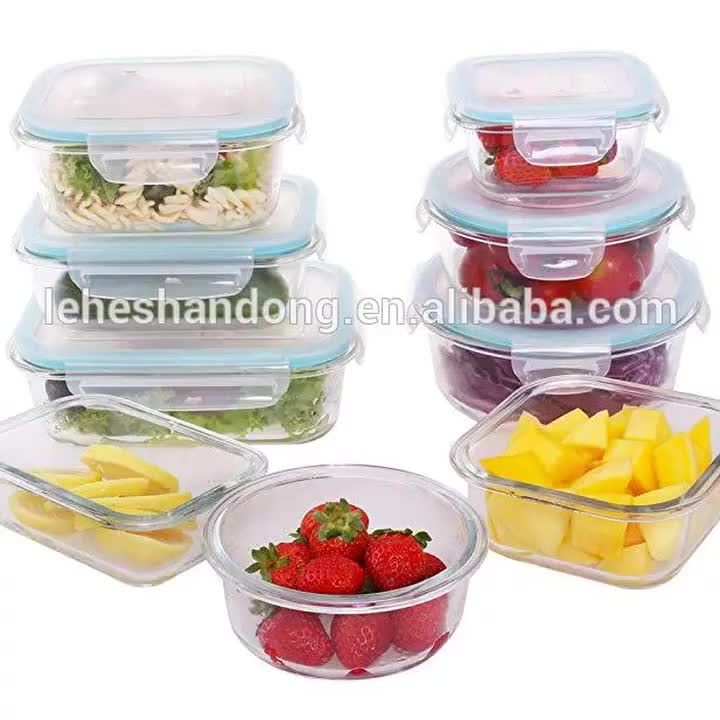 Then there is a long stage of testing new formats both at the packaging manufacturer and in production: how the packaging meets the stated requirements, how the product behaves during storage and during transportation. Only after successfully passing all the required stages and tests, the product in a new package enters the store shelves. nine0004
Then there is a long stage of testing new formats both at the packaging manufacturer and in production: how the packaging meets the stated requirements, how the product behaves during storage and during transportation. Only after successfully passing all the required stages and tests, the product in a new package enters the store shelves. nine0004
HOW THE PACKAGING IS CHECKED AT THE FACTORIES
At the baby food factories, products are packaged under aseptic conditions in compliance with the necessary requirements and standards. This helps to increase the shelf life of the product. Preservatives, artificial colors and additives, which we are used to in adult products, are prohibited in baby food. Bottling and packaging is an automated and closed process that completely eliminates the human factor and the risk of foreign objects. Packaged products must be checked. nine0004
* To check for the absence of foreign objects inside the package, they pass through the scanning units.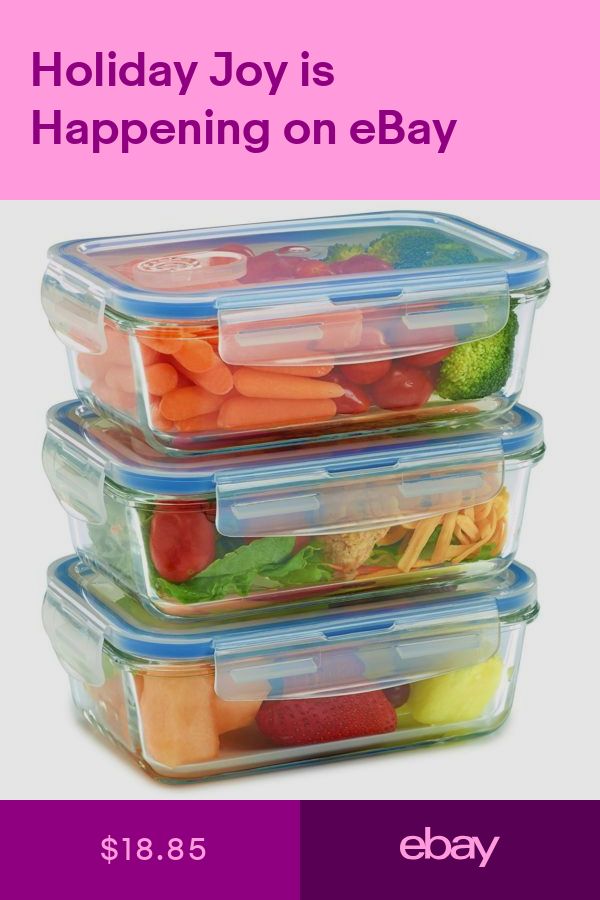
* To check the tightness, specialized methods are used, for example, packages for a bath with cottage cheese are dipped in water and looking for bubbles, if there are any, the package is not airtight and is disposed of.
If everything is in order, the batch of goods is sent to the warehouse, and then to distributors and on the shelves of retail stores. But this is precisely one of the vulnerable moments in which the product can suffer: shaking a truck with goods, careless work of loaders unloading pallets, negligence of buyers dropping or crushing goods in a store - there are many reasons for packaging damage, and they are all different. nine0004
But the bottom line is the same: if you want to be sure about the safety of a product, be sure to check it before buying, just like you do when looking at the expiration date.
CHECK LIST FROM THE EXPERTS
Olga Krasnikova, Quality Director of PROGRESS JSC, tells how to check the packaging:
- Inspect the goods in the store for possible damage.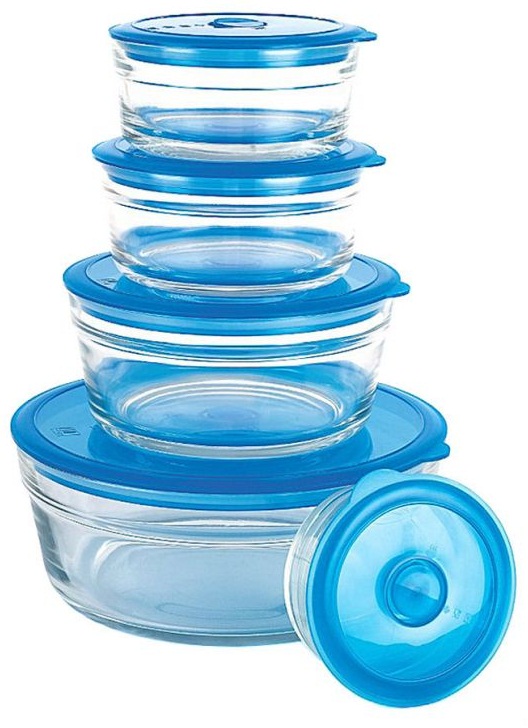 Cracks, chips, swollen lids on glass jars should become a red flag for you; dents, swelling, damage (or swelling) of the foil on cardboard and plastic boxes; all kinds of breaks and creases. nine0004
Cracks, chips, swollen lids on glass jars should become a red flag for you; dents, swelling, damage (or swelling) of the foil on cardboard and plastic boxes; all kinds of breaks and creases. nine0004
- Do not buy a product with damaged packaging. And it's better if you draw the attention of a store employee to it and ask it to be removed from sale.
- At home, note the special signals indicating the tightness of the package. When opening a glass jar, you should hear a characteristic pop, and when you open the puree in a soft package with a screw cap, you should hear a distinct click.
- Always try any product for yourself before giving it to a child.
IMPORTANT
Why a crumpled box is dangerous
Any cracks, creases, dents, damaged foil, twisted lid are gates through which microorganisms can enter, which normally should not be. If this happens and the product is spoiled, then mold, a change in color, smell and consistency will become “tips”.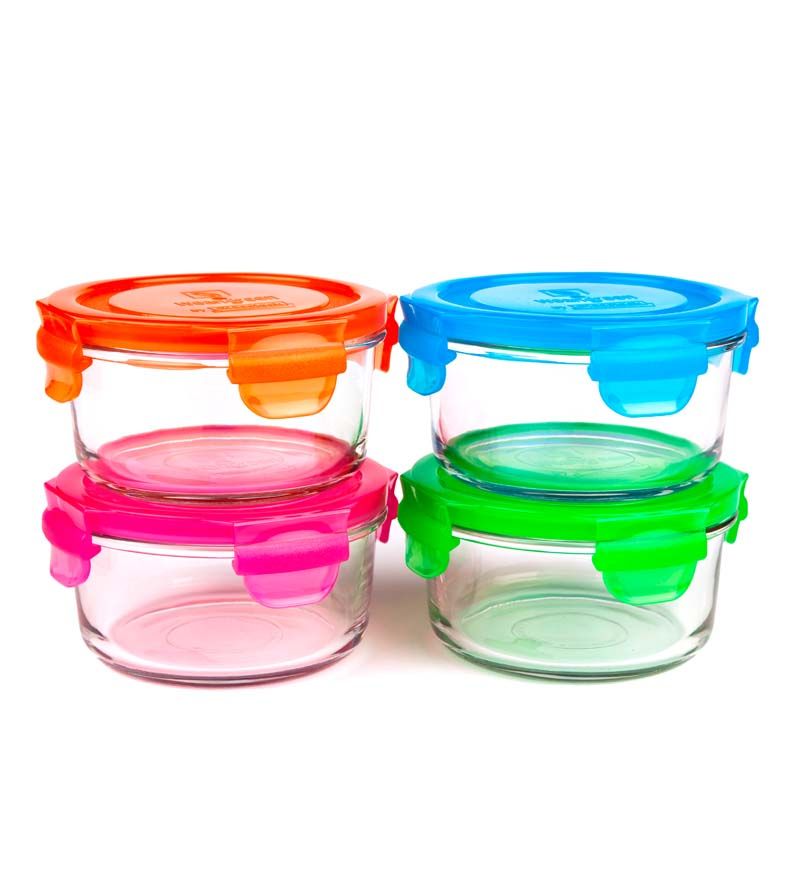
Sometimes packaging deformation is caused by improper storage conditions. For example, if a bath of baby cottage cheese is stored at the wrong temperature, its contents may deteriorate, and the foil covering the package will swell in this case. In no case should you buy and give such products to a child. nine0004
Read also
Age category of the site 18+
Online publication (website) registered by Roskomnadzor, certificate El No. FS77-80505 dated March 15, 2021
EDITOR-IN-CHIEF OF THE SITE - KANSK VICTOR FYODOROVICH.
THE AUTHOR OF THE MODERN VERSION OF THE EDITION IS SUNGORKIN VLADIMIR NIKOLAEVICH.
Messages and comments from site readers are posted without preliminary editing. The editors reserve the right to remove them from the site or edit them if the specified messages and comments are an abuse of freedom mass media or violation of other requirements of the law. nine0004
JSC "Publishing House "Komsomolskaya Pravda".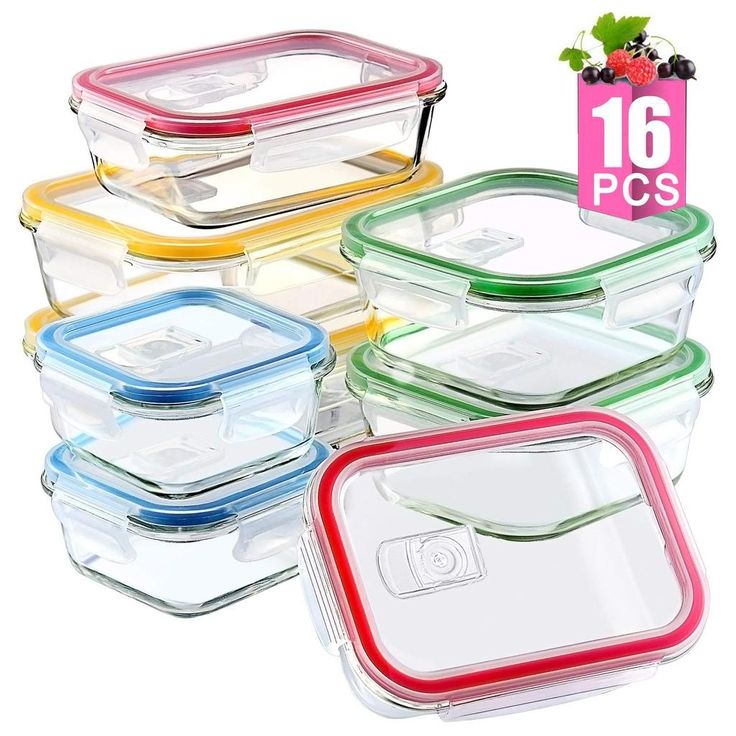 TIN: 7714037217 PSRN: 1027739295781 127015, Moscow, Novodmitrovskaya d. 2B, Tel. +7 (495) 777-02-82.
TIN: 7714037217 PSRN: 1027739295781 127015, Moscow, Novodmitrovskaya d. 2B, Tel. +7 (495) 777-02-82.
Exclusive rights to materials posted on the website www.kp.ru, in accordance with the legislation of the Russian Federation for the Protection of the Results of Intellectual Activity belong to JSC Publishing House Komsomolskaya Pravda, and do not be used by others in any way form without the written permission of the copyright holder. nine0004
Acquisition of copyright and communication with the editors: [email protected]
Glass or plastic: which container for water is better?
/ All materials
PET and PVC
The most common water bottle material is plastic. The most commonly used raw material is polyethylene terephthalate - PET (PET) . It is indicated by a special icon - a triangle with the number 1 inside and the inscription PET or PETE. Polyethylene terephthalate is highly recyclable and reusable and is considered one of the safest types of plastic.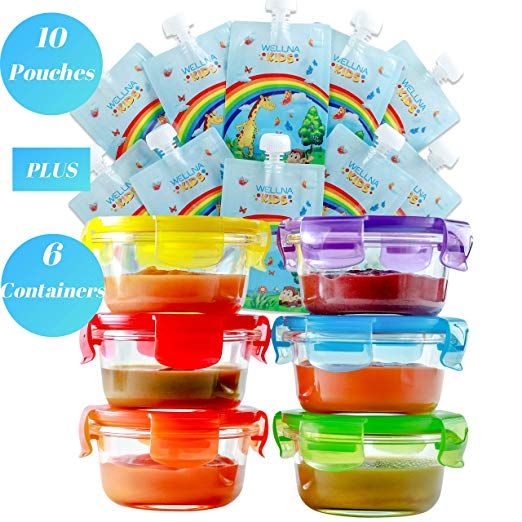 nine0004
nine0004
Advantages
- PET bottles are light and durable, easy to use and transport.
- They pour not only water, but also juices, lemonades and other soft drinks.
- Water in plastic bottles is cheaper than glass
Disadvantages
- Bottles made of this plastic are not recommended to be reused, and most importantly, in no case should hot or even warm drinks be poured into them: when heated (for example, in the sun), toxic substances are released from plastic bottles nine0096
- PET containers are transparent to ultraviolet rays and oxygen, and if stored for a long time, this can affect water quality.
Much less often another type of plastic is used for water packaging - polyvinyl chloride (PVC) . It is indicated by a triangle with the number 3 and the inscription PVC. Polyvinyl chloride is called a plastic poison. According to research, the carcinogen vinyl chloride contained in it has the ability to penetrate into food, and then into the human body. nine0004
nine0004
Advantages
- Low cost
Disadvantages
- High toxicity: The process of production, use and disposal of PVC is accompanied by the formation of a large amount of dioxins (dangerous poisons) and other toxic chemicals.
POLYCARBONATE
Used to produce large 18-19 liter water bottles. Polycarbonate bottles are durable, unbreakable and handy. They can be used many times and have a long service life. nine0004
Polycarbonate is based on Bisphenol A , which was officially recognized as harmful to human health in 2010 by the US Food and Drug Administration. When heated or when food is stored for a long time in dishes, bisphenol A passes from plastic to food.
However, in the same 2010, the World Health Organization recognized bisphenol A as safe, and the European Commission allowed its use in all food containers, except, perhaps, for baby bottles. nine0004
Also, according to the results of the research, it turned out that the washing out of harmful substances from polycarbonate occurs only in the first 2-3 portions of water. Then the container is filled dozens of times, emptied and washed, and the migration of toxic substances from the container into the water comes to naught. Therefore, if the bottle of water for the cooler that was brought to your home or office looks clearly used, this is more of a plus than a minus - it means that it has been washed many times, and harmful substances from polycarbonate have already entered the water.
Then the container is filled dozens of times, emptied and washed, and the migration of toxic substances from the container into the water comes to naught. Therefore, if the bottle of water for the cooler that was brought to your home or office looks clearly used, this is more of a plus than a minus - it means that it has been washed many times, and harmful substances from polycarbonate have already entered the water.
GLASS
There is no better container for any kind of food and drink than glass. Glass is chemically inert and water does not react with its components.
In the past, glass containers were widely used, and many people remember buying water, lemonade and other drinks in identical glass bottles and then returning them. And it was not only economically beneficial, but also caused less harm to the environment.
CONCLUSIONS
Yuri Rakhmanin, Academician of the Russian Academy of Medical Sciences, Director of the Research Institute of Human Ecology and Environmental Hygiene.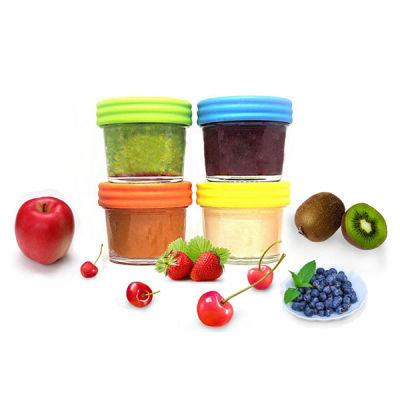 A.N. Sysina:
A.N. Sysina:
“If you choose water in a plastic bottle, pay attention to its smell when buying. Good, high-quality and safe plastic does not smell like anything. If you smell plastic, you should not buy this water. If the bottle itself does not smell of anything, but when you open it, you feel a musty smell, then the problem is not in the container, but in the water. Most likely, the filters have not been changed at the factory for a long time, and microbes have accumulated on them. It is better not to drink such water.
Andrey Mosov, head of the expert department of NP Roskontrol, doctor:
“Bottled water is a product like any other and has an expiration date and must be stored under certain conditions. Read the label and follow the instructions. Regardless of the container, water should not be stored in the sun. The sun's rays and temperature rise are especially dangerous for water in plastic bottles - toxic substances can get into the water.